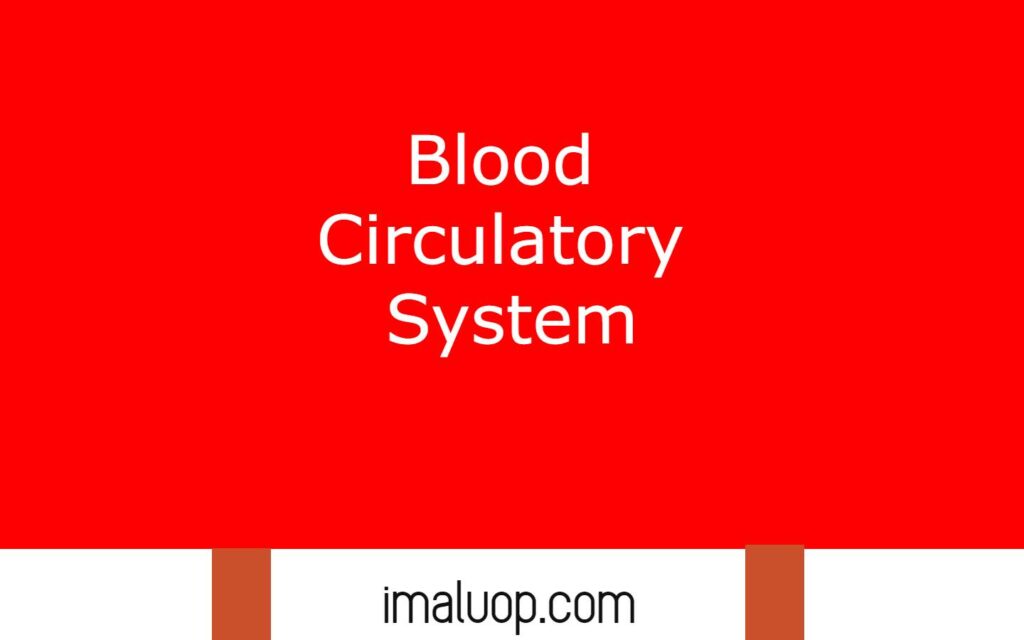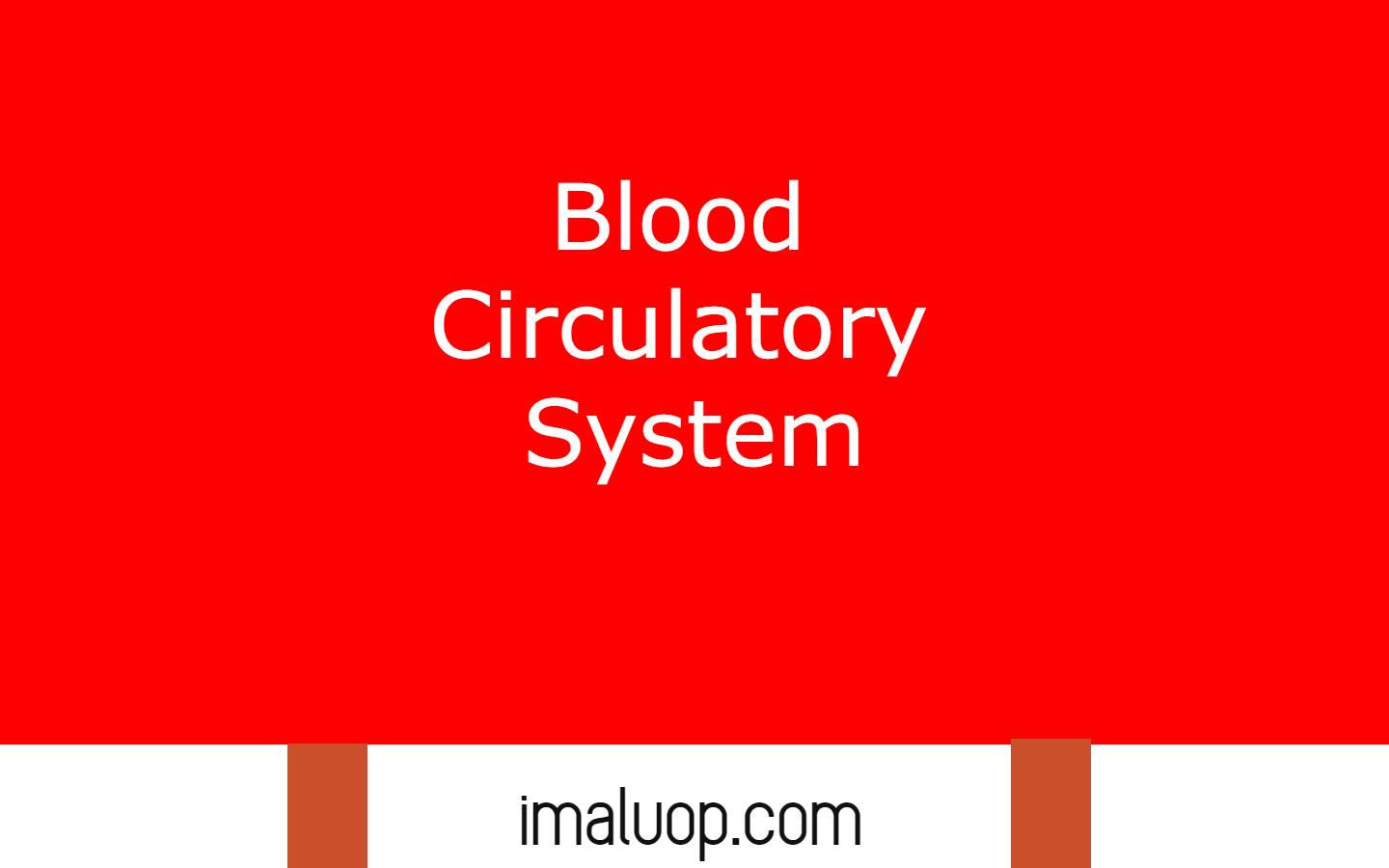Table of Contents
What is Blood Circulatory System:
In all organisms special in multicellular animals need to reach all necessary materials like nutrients, oxygen and other chemicals upto all cells for their cellular activities. And in higher animals the mode of circulation occurs through the fluid connective tissue called blood and the system is known as blood circulatory system.
Component of Blood Circulatory System:
To reach every part of the body there should be a tunnel system upto all body tissues and in the blood circulatory system different types of tubular structure carry the blood upto each tissue and cell.
The tubular structures are known as blood vessels and the large blood vessels split into fine capillaries because it is not possible to reach the wide blood vessels to all parts of tissues and cells of the body.
So fine threads like capillaries reach upto all tissue and they make a network of capillaries to enclose all the cells and tissues. Different materials exchange occurs through the blood and the tissue cells but the wide blood vessels are not much permeable for gaseous exchange but the thin wall of capillaries are easily permeable for most of the material.
Depending upon the function in the blood circulatory system vessels are two types artery and vein, both artery and vein meet at a point though the fine network of capillaries.
The blood vessels which carry blood from the heart to other organs are known as arteries while the blood vessels which carry the blood from different tissues of the body to heart are known as veins and both arteries and veins split and form fine capillaries.
To control the direction of blood inside the blood vascular system there are many structures like different valves and pumping structures and some muscular structures.
In advanced animals, the heart is present for pumping the blood in a specific direction through the blood vessels, especially the blood flow inside the arterial directly impacted by the pumping activity of the heart.
In vein blood is not influenced by the pumping activity of the heart efficiently but the semilunar valve present in the lumen of the vein helps to give directions to the blood flow inside a vein.
Any malfunctioning of any components of the cardiovascular system lead to inefficient blood circulation throughout the body which leads to various cardiovascular diseases.
Pulmonary Circulation:
In our circulatory system different materials like nutrients, hormones and other necessary chemicals are present in blood but due to respiration we need oxygen which we inhale through our lungs where the gaseous exchange takes place by removing the carbon dioxide from blood and addition of oxygen to blood.
So in our circulatory system gaseous exchange is necessary after a certain period of time otherwise carbon dioxide in blood will increase continuously while the level of oxygen will decrease continuously so our circulatory system has a part for gaseous exchange which is known as pulmonary circulation which is facilitated by lungs.
Systemic Circulation:
It is the parts of circulation which takes part in supplying different types of chemical like nutrients, hormones, oxygen to different body tissue and during return from those tissues the blood take out carbon dioxide, waste materials, excretory product and carry them upto a specific tissue.
Gaseous Exchange:
In all animals gaseous exchange not occur through the lungs, sometimes the gaseous exchange occurs through general body surface and skin as seen in Amphibia, in insects the gaseous exchange occurs through tracheae while in aquatic animals like in case of fishes gaseous exchange occurs through gill.

In the blood circulatory system different types of chemicals are present to bind the oxygen and carry them efficiently, in mammals blood a special agent is present for transport of oxygen, haemoglobin which have great affinity to bind with oxygen but some amount of oxygen also transport by dissolving in plasma.
Read More: ABO Blood Group and Rh Group System
Hi Everyone!!! Welcome to Imaluop. Imaluop always try to learn some new and he want to share to other people. Here we will try to learn various topics on Science, specially on Biological Sciences.
